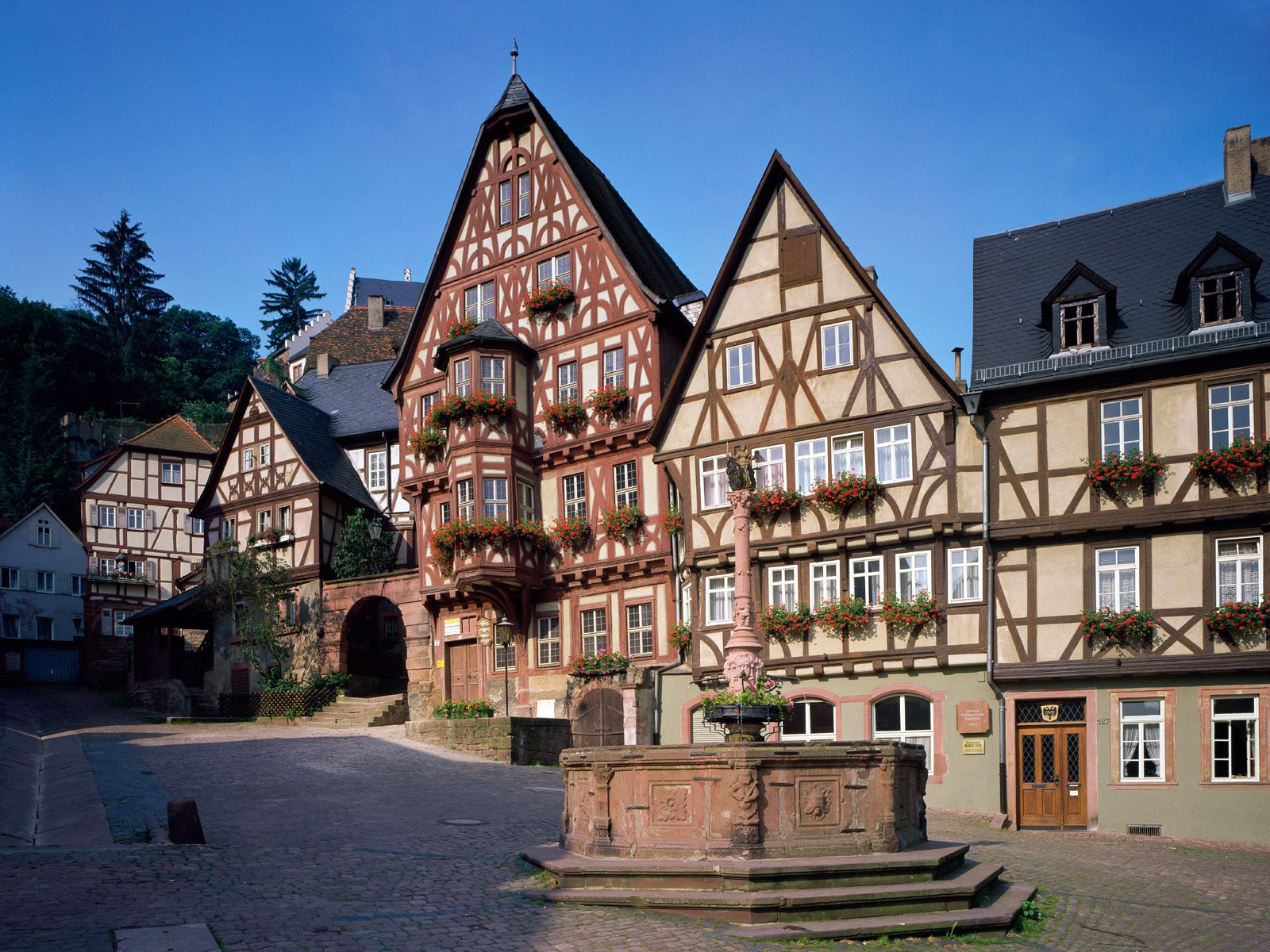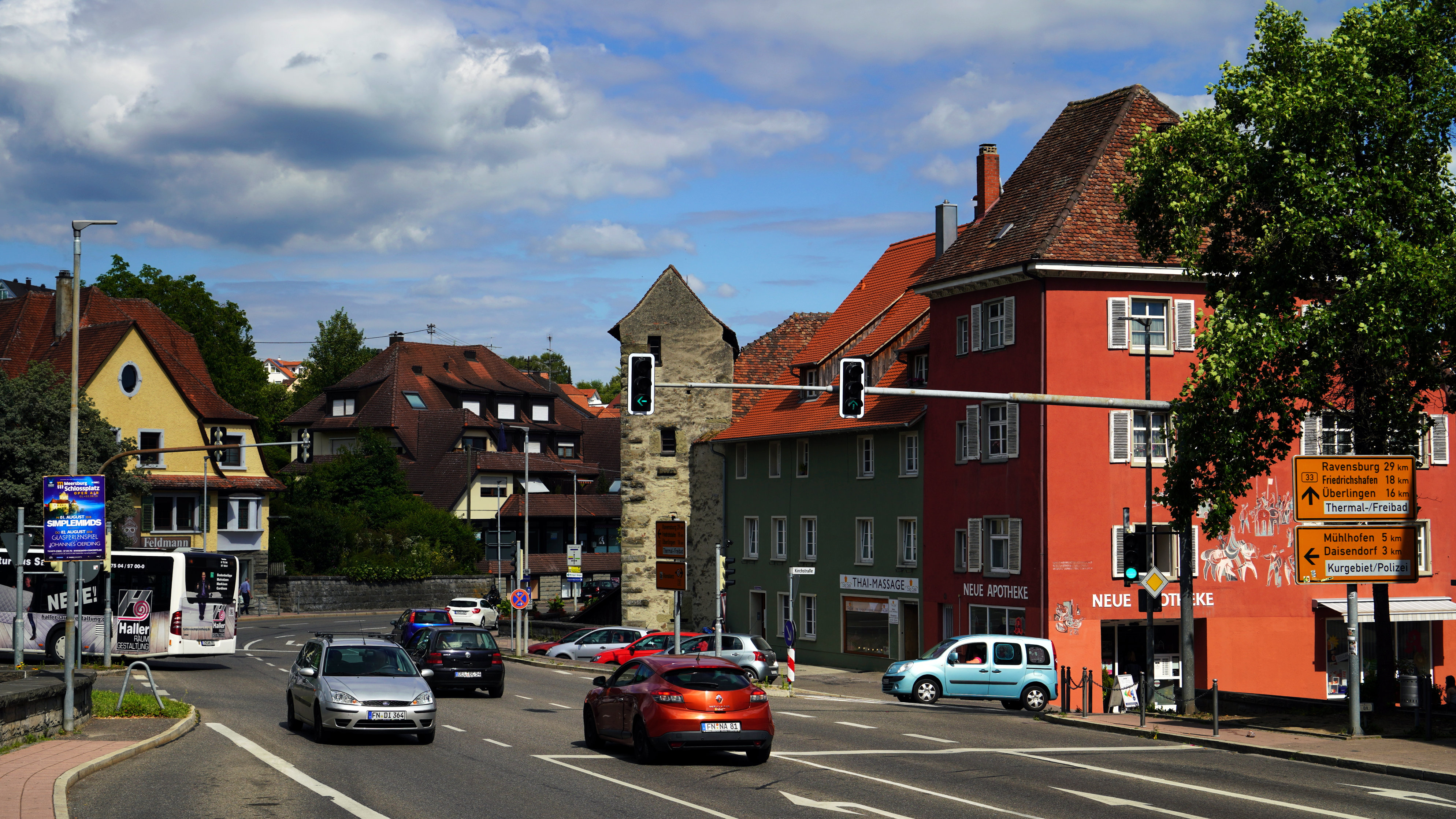Japan Travel
Tokyo’s Tokyo Skytree: Observation Deck Attraction
Rising from the low-rise, traditional district of Sumida like a celestial needle piercing the sky, Tokyo Skytree is more than an architectural marvel; it is a symbol of Japan’s resilient spirit and its harmonious blend of deep-rooted tradition with hyper-modern innovation. As the tallest structure in Japan and one of the tallest freestanding towers in the world at 634 meters, its primary allure lies in its breathtaking observation decks. A visit to these decks is not merely an elevator ride to a high vantage point; it is a meticulously crafted journey that offers a profound perspective on Tokyo’s vast urban tapestry and the soul of Japan itself.
The number 634 is not arbitrary. Its pronunciation in Japanese, "Mu-Sa-Shi," is a deliberate homage to the ancient Musashi Province, the historical name for the area encompassing modern-day Tokyo, Saitama, and part of Kanagawa. This thoughtful detail sets the stage for an experience that is deeply connected to Japanese culture from the very beginning. The tower’s sleek, neo-futuristic design, inspired by the curve of a Japanese sword and the subtle beauty of a byobu (folding screen), continues this dialogue between the past and the future.
The ascent to the decks is an experience in itself. The high-speed elevators are a feat of engineering, whisking visitors upwards at an ear-popping speed while their ceilings transform into a dynamic light show, tracing the tower’s silhouette against a digital sky. This transition from the bustling ground level to the serene heights below is both thrilling and symbolic, leaving the everyday world behind.

The first major stop is the Tembo Deck (350 meters). Sprawling across two floors, this is the main observatory and the heart of the Skytree experience. Stepping out onto the glass-fronted deck, the first sensation is one of sheer awe. Tokyo, a city often perceived as an endless, impenetrable concrete jungle, suddenly reveals its true geometry and scale. The sprawling metropolis unfolds in a 360-degree panorama that stretches to the distant horizon on clear days, with the iconic silhouette of Mount Fuji gracing the southwest view.
The deck is designed for more than just looking out. A spiraling ramp, the Sorakawa (Sky River), allows visitors to slowly descend while continuously enjoying the view from slightly different angles. Interactive touch screens and digital telescopes provide augmented reality overlays, identifying landmarks, plotting historical information about different districts, and even simulating the view at different times of day or during fireworks festivals. This technology transforms sightseeing into an educational and engaging discovery process. On one floor, a section of glass floor panels, the Tembo Galleria, offers a vertigo-inducing look straight down to the streets below, a thrilling test of nerve for even the most seasoned travelers.
For those seeking an even more elevated experience, the journey continues to the Tembo Galleria (445 meters). This is not a single deck but a spiraling, tube-like corridor that ascends another 100 meters within the tower’s central shaft. The walk up this sloped, glass-enclosed tunnel feels like floating through the sky. It culminates at the highest point accessible to the public, a small circular room at 450 meters. The view from here is unparalleled. The city below becomes an intricate model; buildings blur into a textured pattern, and the Sumida River snakes its way through the urban landscape like a silver ribbon. At this height, the sheer vastness of Tokyo is humbling.
However, the genius of the Tokyo Skytree observation decks lies not only in their views outwards but also in their reflection of Japanese aesthetics inwards. The design is serene and minimalist. The layout encourages a calm, contemplative flow of people. Large, unobstructed windows ensure everyone has an opportunity to gaze upon the vista. There is a conscious effort to avoid the chaotic, commercial feel that can plague such attractions. Instead, the ambiance is one of respectful wonder.
This cultural touch is further emphasized by the inclusion of subtle traditional elements. The Sumida River aquariums on the Tembo Deck, with their elegant koi fish, introduce a moment of tranquil, natural beauty amidst the technological spectacle. The selection of souvenirs in the shops is curated, featuring high-quality crafts and exclusive collaborations with renowned Japanese artists and brands, moving beyond generic trinkets.
As day turns to night, the experience undergoes a magical transformation. The transition is gradual; the daytime haze gives way to the electrifying glow of the city awakening. Tokyo metamorphoses into a galaxy of light, with the orderly streams of car headlights and taillights forming rivers of gold and ruby. The city’s major arteries, like the famous Shuto Expressway, are clearly visible as pulsating veins of light. Seeing the meticulous order and incredible density of the city illuminated is a completely different, and arguably more beautiful, perspective than the daytime view.
The tower itself becomes part of this nightly spectacle. Its illumination, known as “Iki” (breath of life), uses a traditional Japanese color scheme of Miyabi (elegant blue and white) and Nobori (rising fire, a blend of orange and pink), often changing to mark seasons, holidays, or special events. From the decks, visitors are inside the beacon of light that defines the Tokyo skyline.
A visit to the Tokyo Skytree observation decks is ultimately a journey of perspectives. It provides a geographical perspective on the immense scale of the world’s most populous metropolis. It offers a historical perspective, connecting the modern city to its ancient roots. But most importantly, it provides a cultural perspective. It demonstrates how Japan can build a monument of staggering modern engineering and infuse it with tradition, respect, and a profound sense of beauty. It is not just an observation deck; it is a portal to the soul of Tokyo, inviting the world to see the city, and indeed itself, from a higher plane.
相关文章
- Yamagata’s Zao Onsen: Snow Monster Hot Spring Attraction
- Japan’s Maid Cafés: Akihabara Subculture Attractions
- Okayama’s Okayama Korakuen: Historic Garden Attraction
- Japan’s Horse Racing Tracks: Equestrian Sports Attractions
- Tokyo’s Odaiba Gundam: Anime Icon Attraction
- Japan’s Doll Festivals: Hinamatsuri Attractions
- Kagoshima’s Ibusuki Onsen: Sand Bath Hot Spring Attraction
- Japan’s Table Tennis Clubs: Recreational Attractions
- Kyoto’s Nishiki Market: 400-Year-Old Food Attraction
- Japan’s Camellia Festivals: Winter Flower Attractions
发表评论
评论列表
- 这篇文章还没有收到评论,赶紧来抢沙发吧~


